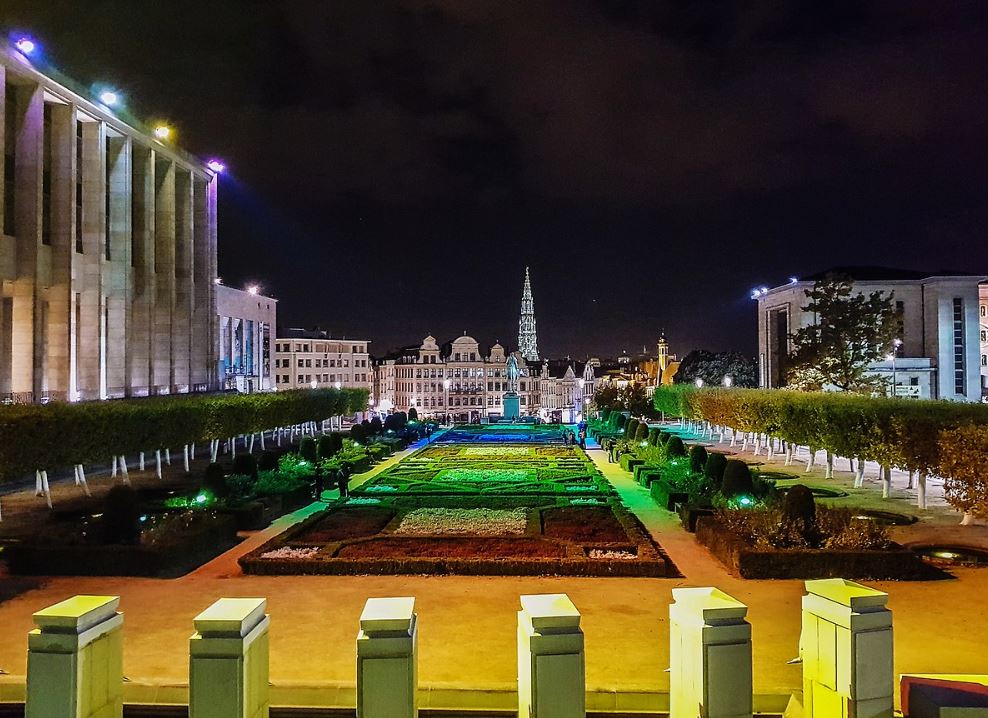The heart of the Belgian capital city is home to an area that not just looks picturesque, but also has an extended history.
The Mont des Arts or Kunstberg, which translates to “Art Mountain,” is a hill in Brussels that got its name from the museums that are located here.
In the 19th century, this enjoyable spot in this beautiful city looked completely different, as you’ll soon find out.
Let’s take a closer look at some of the most interesting facts about the Mont des Arts, a historic site in Brussels with many stories to tell.
1. It’s located just southwest of the Brussels-Central Railway Station
When you plan to visit Brussels, the Brussels-Central train station is one of the best places to arrive.
Not just because of the beautiful building designed by Victor Horta, but also because many of the most popular landmarks in Brussels are located here.
It’s located literally in the heart of the city and the Mont des Arts is just a short walk to the southwest of the train station.
This historic site has been transformed multiple times over the centuries and has been one of the most popular spots in the city since the Middle Ages.
Other famous buildings and landmarks in its vicinity are Grand Place and the world-famous Manneken Pis sculpture just to the north, and the Place Royal and the Royal Palace of Brussels just to the east.
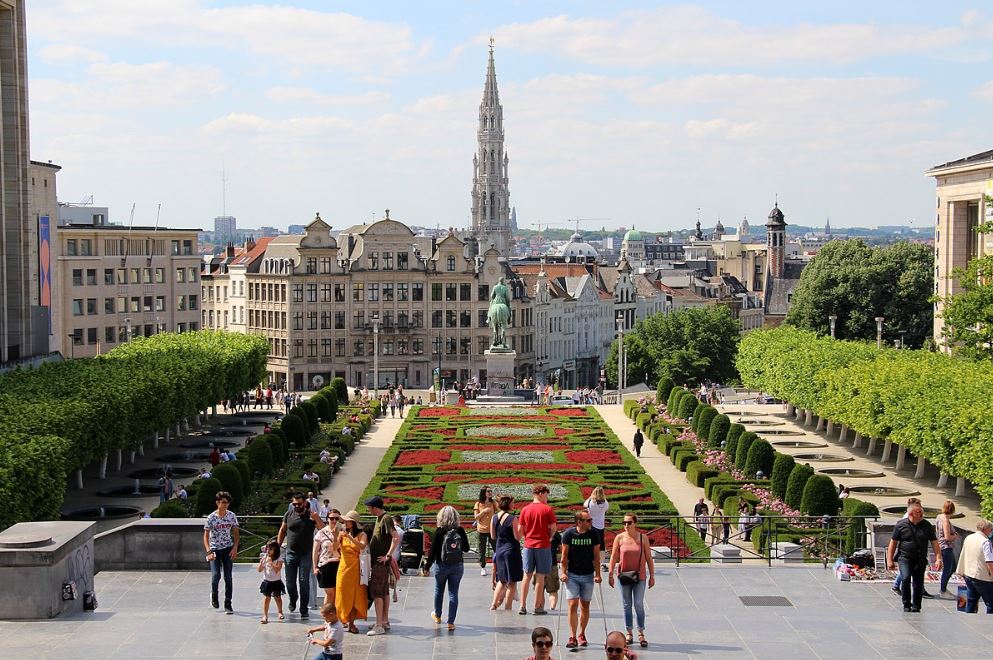
2. The hill served as the Jewish quarter of Brussels until the 14th century
Brussels has been an important city in the Low Countries ever since the early Middle Ages. It wasn’t as big as Ghent or Bruges but it gradually grew as a center of the textile trade.
By the 12th century, the city had a population of about 30,000 inhabitants, and the area known today as the Mont des Arts was a densely populated part of the city.
What makes this place significant is that it served as a connection between the lower and higher part of the city for centuries.
During the Middle Ages, many Jews lived in this area and this was reflected in 4 staircases that were built here known as the “Escaliers des Juifs” or “Jewish Stairs.”
Today, the area has been transformed so much that none of these historic landmarks remain.
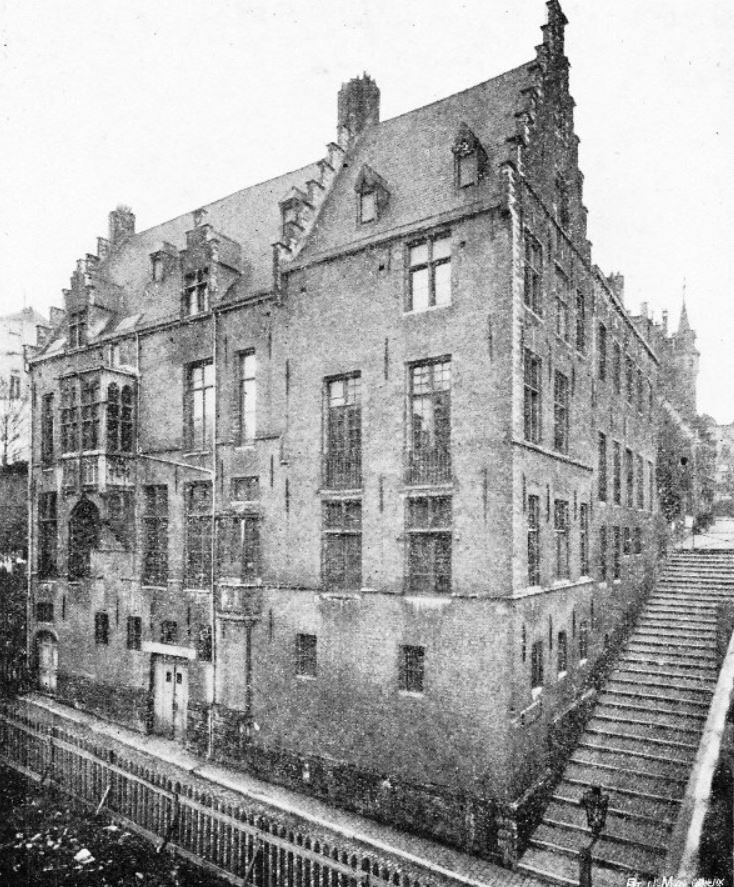
3. It was known as the Hill of the Court after a former palace until the 18th century
The area became even more densely populated in the 15th century and it was known back then as the “Saint-Roch Quarter.”
The hill came to be known as the “Hill of the Court,” a reference to the fact that it overlooked the immense Coudenberg Palace.
This famous palace was one of the largest royal palaces in Europe but like many other medieval structures, it was completely destroyed by fire in the year 1731.

So what happened to this area?
The destroyed palace was completely demolished and transformed into a square that is known today as the “Place Royale.”
This beautiful square was constructed between 1775 and 1782 and is lined with multiple Neoclassical buildings, including the Church of St. James on Coudenberg.
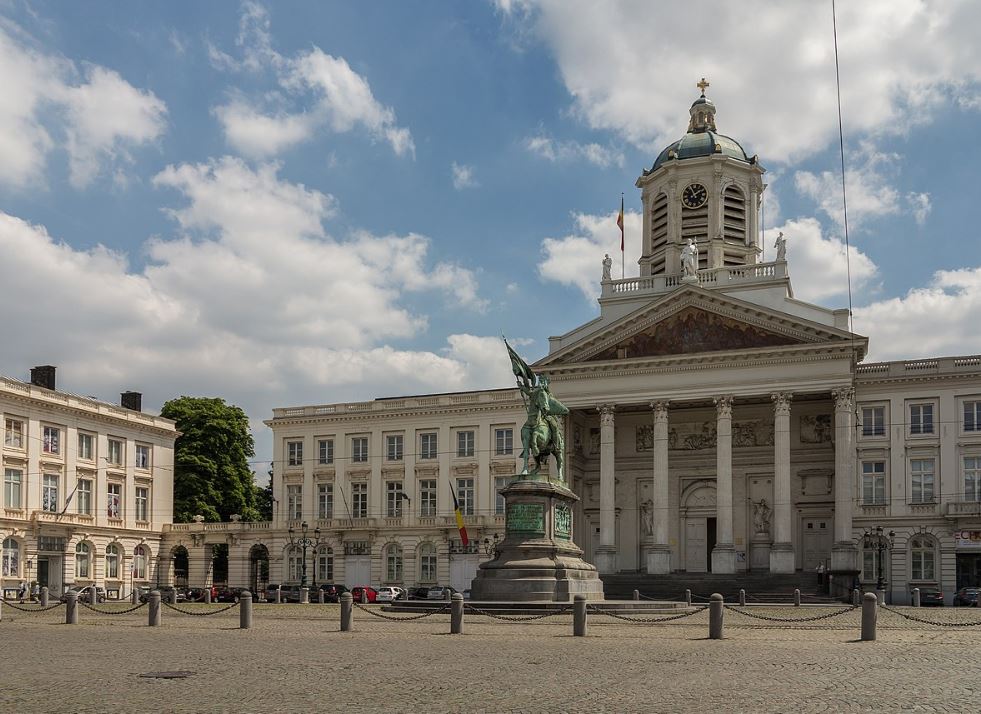
4. A controversial Belgian king initiated the art district in the early 20th century
The Mont des Arts, and more specifically, the Saint Roche Quarter, was still one of the few medieval districts in the city in the late 19th century.
This wasn’t to the liking of the controversial King Leopold II who ordered the buildings in this part of the city to be razed.
This happened between 1897 and 1898, and even though the king had great hopes to establish a grandiose square, the agreement for the development was only signed in 1903.
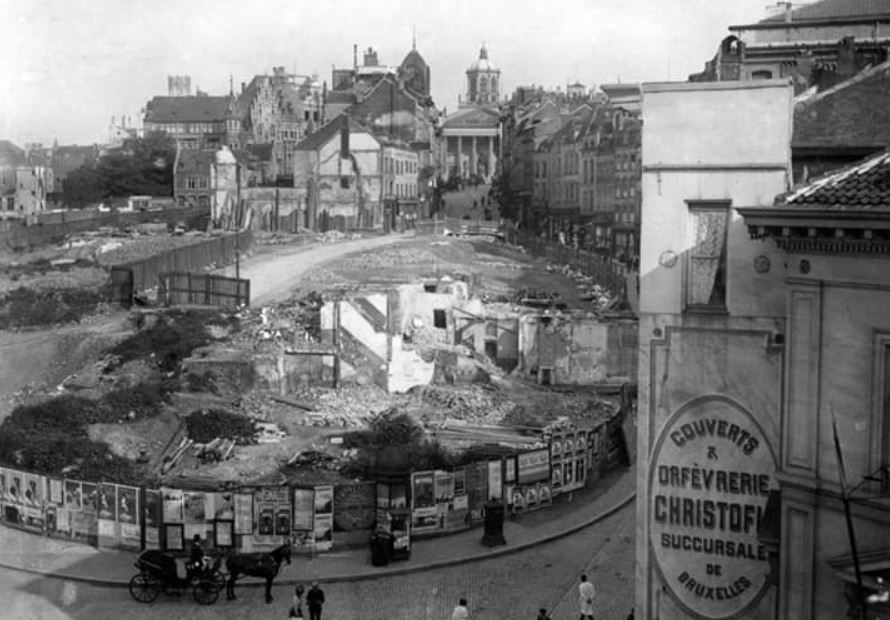
5. The first project was finally completed and in time for a major event in 1910
One of the main reasons why it took a while before the construction could start was that the new Brussels-Central Station was part of the project.
Although Victor Horta completed the design in 1912, the train station wasn’t completed and didn’t become operational until 1952.
King Leopold II commissioned the design of a garden in this location but he died in 1909. The project was eventually completed a year later and inaugurated by his successor, King Albert I.
The king didn’t see his project completed but it was finished in time for the Brussels International Exposition in 1910, an event that received over 13 million visitors.
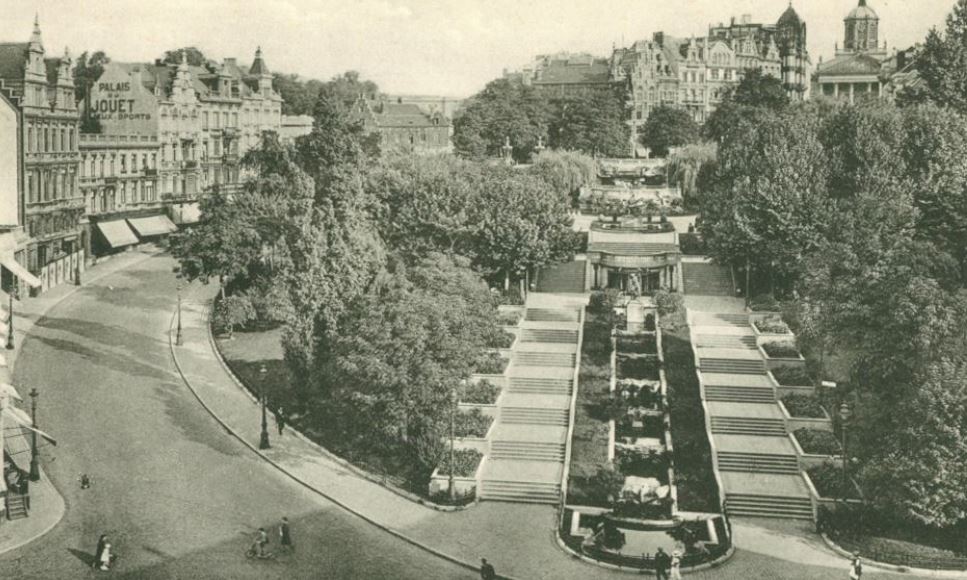
6. The Mont des Arts was completed in its current state in the late 1960s
The first version of the Mont des Arts, and more specifically the green space, became so popular that a similar area was included in the new plans.
Just a few years after the first trains arrived and departed at the Brussels-Central train station, the area was completely redeveloped once again.
Apart from the beautiful garden, buildings such as the Royal Library of Belgium and the Congress Palace of Brussels were erected between 1956 and 1969.
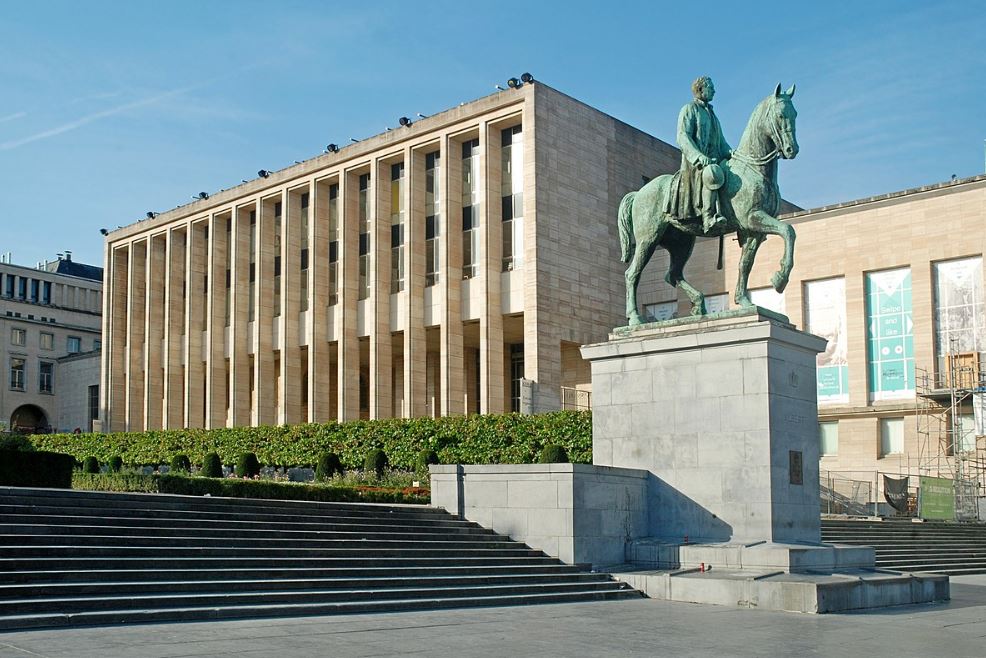
7. The Art Mountain is home to several popular museums in Brussels
King Leopold II initially envisioned the area to become the city’s art district, and that is exactly what it has become today.
Apart from the Musical Instruments Museum (MIM) and the BELvue Museum, it’s also located just bear several departments of the Royal Museums of Fine Arts of Belgium.
The most notable museums near the Mont des Arts are the Magritte Museum, which focuses on the paintings of René Magritte, and the Old Masters Museum.
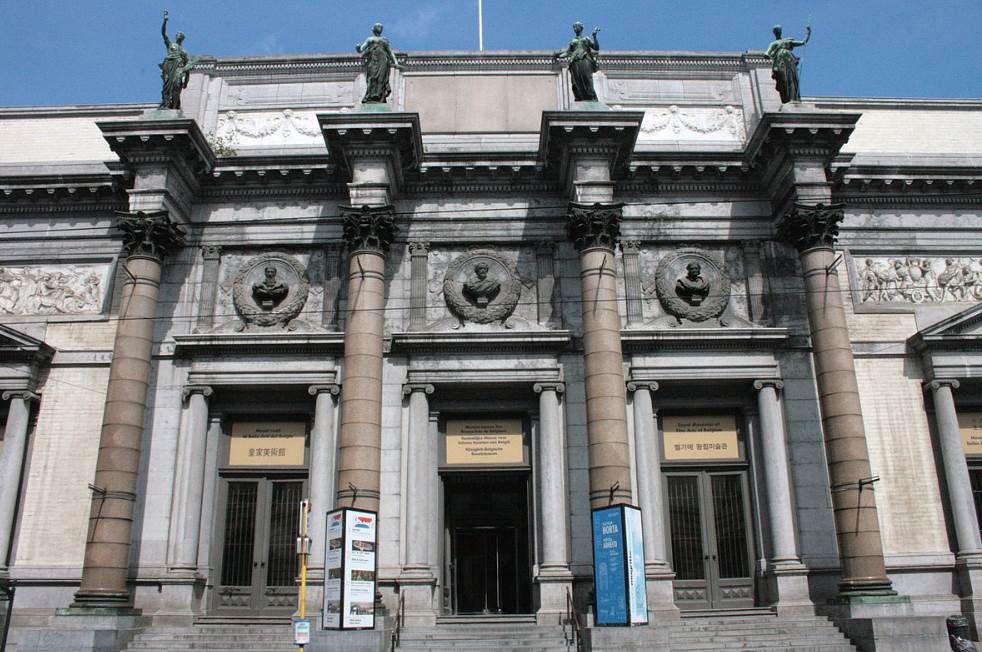
8. It provides some of the most picturesque views of the Brussels skyline
Granted, very few places in Brussels exceed the beauty of the Grand Place, the central square in Belgium’s capital that is lined with amazing landmarks.
The Mont des Arts is definitely an amazing runner-up because it provides some of the most stunning views of the city’s skyline.
The Mont des Arts garden and buildings are also magnificently illuminated at night which gives this place an extra dimension in terms of beauty.
